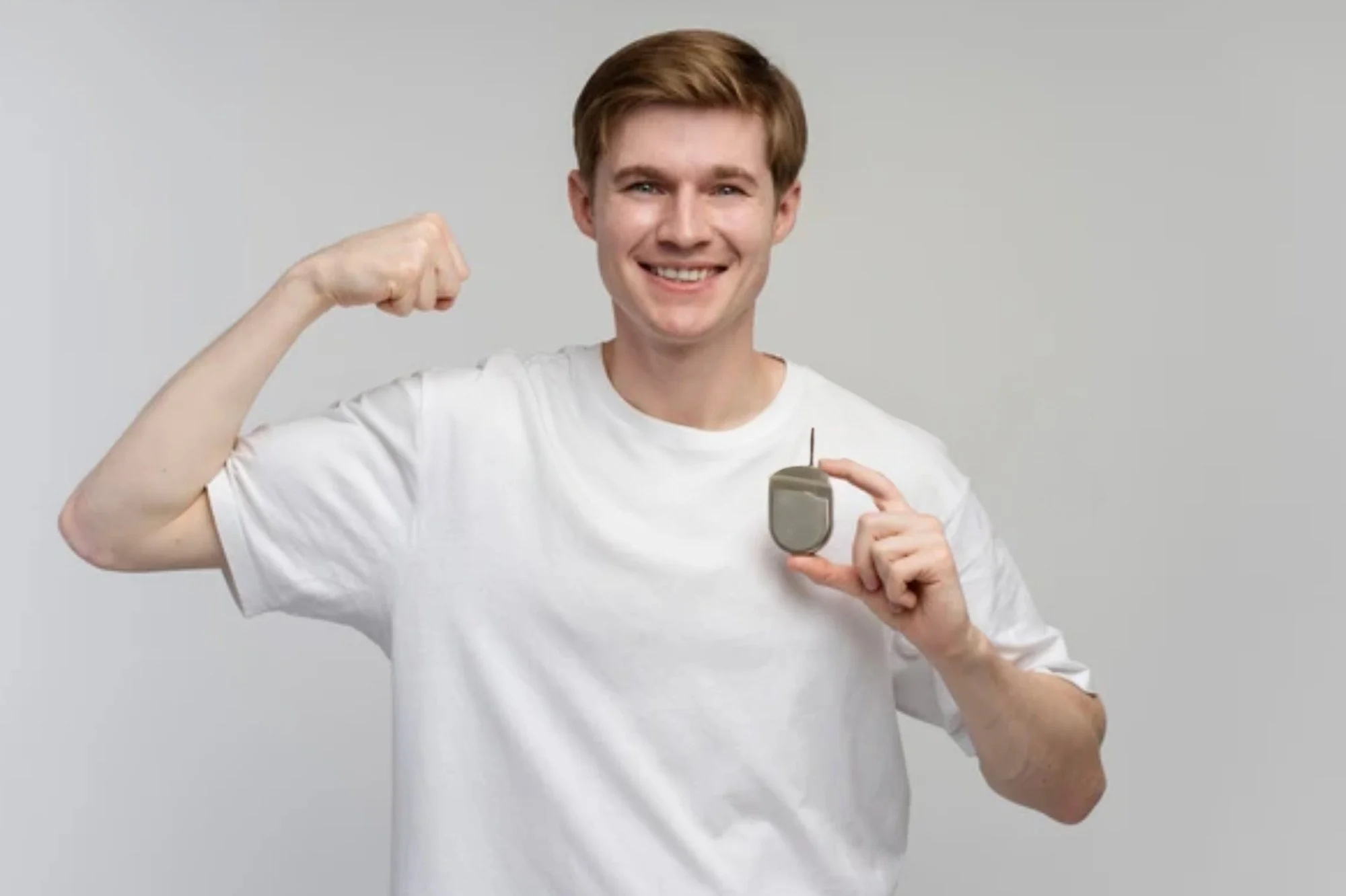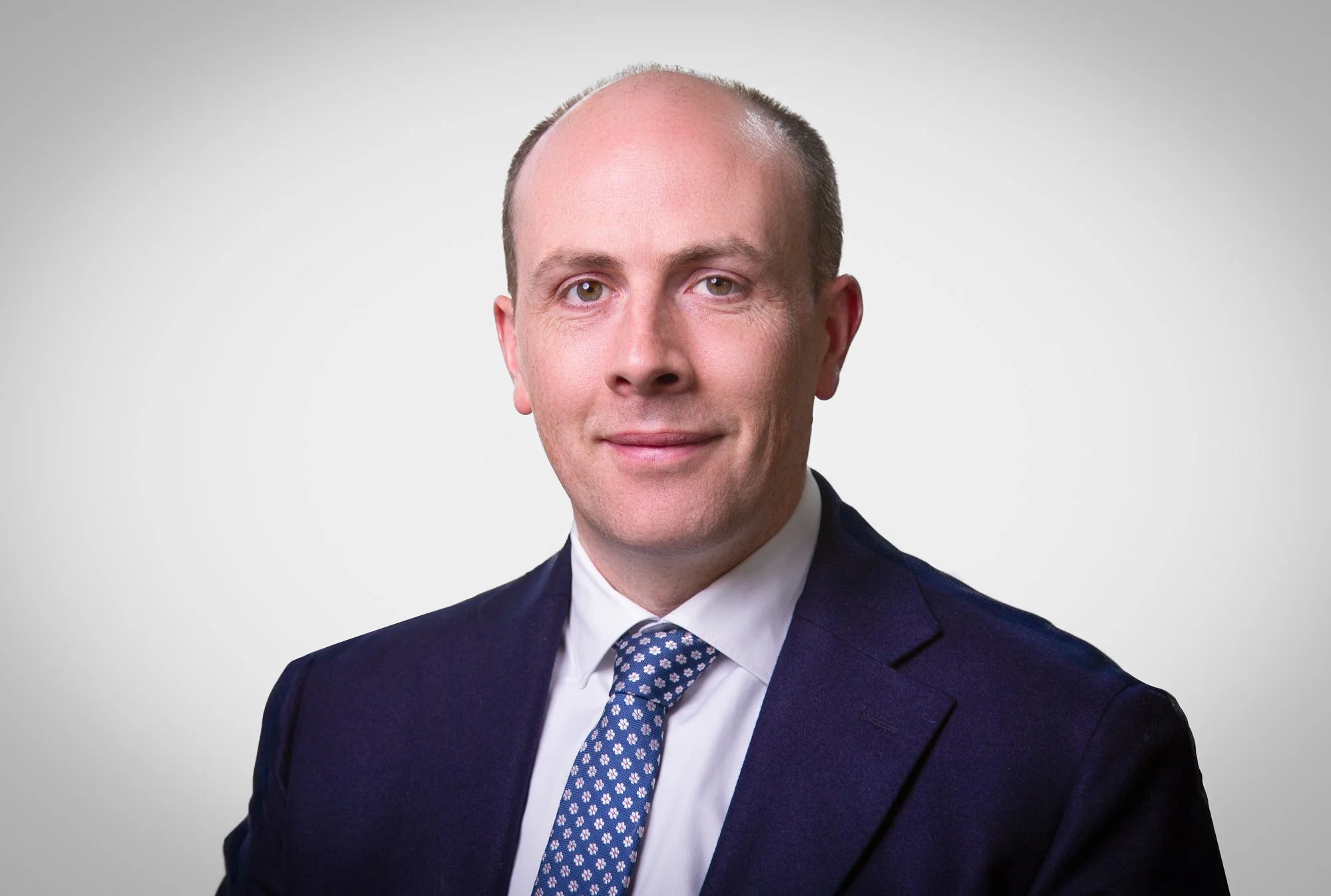
ICD
implant
An Implantable Cardioverter-Defibrillator (ICD) is a small medical device that is implanted under the skin to monitor and regulate the heart’s rhythm. It is primarily used for individuals at high risk of life-threatening arrhythmias, such as ventricular tachycardia or ventricular fibrillation.
An Implantable Cardioverter-Defibrillator (ICD) is a highly effective treatment option for individuals at risk of life-threatening arrhythmias and sudden cardiac arrest.
By continuously monitoring the heart and delivering electrical shocks when needed, an ICD can prevent fatal events and significantly improve a patient’s quality of life.
If you have been diagnosed with a heart rhythm disorder or are at high risk for sudden cardiac arrest, an ICD may be an important part of your treatment plan.
-
An Implantable Cardioverter-Defibrillator (ICD) is a small medical device that is implanted under the skin to monitor and regulate the heart’s rhythm. It is primarily used for individuals at high risk of life-threatening arrhythmias, such as ventricular tachycardia or ventricular fibrillation, which can lead to sudden cardiac arrest (SCA). The ICD detects abnormal heart rhythms and delivers electrical shocks to restore normal rhythm, potentially saving the patient's life.
-
An ICD is often recommended for people who are at risk of sudden cardiac arrest due to serious heart rhythm disorders. Conditions that may warrant the implantation of an ICD include:
Ventricular Tachycardia (VT): A fast heart rhythm originating in the lower chambers of the heart (ventricles).
Ventricular Fibrillation (VF): A chaotic, irregular heartbeat that prevents the heart from pumping effectively, leading to a lack of blood flow to vital organs.
Congestive Heart Failure (CHF): A condition where the heart is weakened and cannot pump blood efficiently.
Previous Cardiac Arrest: If a person has survived a prior sudden cardiac arrest, an ICD can be implanted to prevent recurrence.
An ICD is typically recommended when medications, lifestyle changes, or other interventions alone are not sufficient to control dangerous arrhythmias.
-
The ICD continuously monitors the heart’s electrical activity. If it detects an abnormal rhythm, it takes one of several actions depending on the severity:
Pacing: For less severe arrhythmias, the ICD may deliver small electrical pulses to regulate the heart rate.
Defibrillation: For more serious arrhythmias, such as ventricular fibrillation, the ICD delivers a high-energy shock to restore the heart's normal rhythm.
Monitoring and Alerts: The device can also store data about abnormal rhythms, which can be reviewed by doctors during follow-up appointments.
An ICD is designed to work automatically and only delivers shocks when necessary, with the goal of restoring normal heart function without discomfort to the patient.
-
Most patients can return to normal activities after a short period of rest and recovery.
It’s important to avoid heavy lifting and strenuous activities for several weeks to allow the leads to settle into position.
Regular follow-up appointments are required to ensure the ICD is functioning properly and to check the battery life.
Patients should avoid certain electrical devices, such as strong magnets or large electric fields, that may interfere with the ICD’s function.
-
Preparation: The patient is given local anesthesia and mild sedation to ensure comfort during the procedure.
Insertion: A small incision is made below the collarbone, and the ICD is inserted under the skin. Leads (wires) are threaded through veins to the heart, where they are positioned to detect abnormal rhythms and deliver electrical shocks if needed.
Testing: Once implanted, the device is tested to ensure it is working correctly, and the leads are positioned properly.
Recovery: The incision is closed, and the patient is monitored for any complications before being sent home.
Dr John keaney
Dr. Keaney graduated with honors from University College Dublin's medical school in 2004. During his postgraduate training, he completed two years of research at the Mater Hospital, earning a Newman Fellowship from UCD.
He further honed his expertise with a two-year fellowship in advanced cardiac electrophysiology at Massachusetts General Hospital, a primary teaching hospital of Harvard Medical School.
Dr. Keaney is currently part of the joint College of Physicians working group on atrial fibrillation and stroke, reflecting his commitment to advancing cardiovascular care and research.






